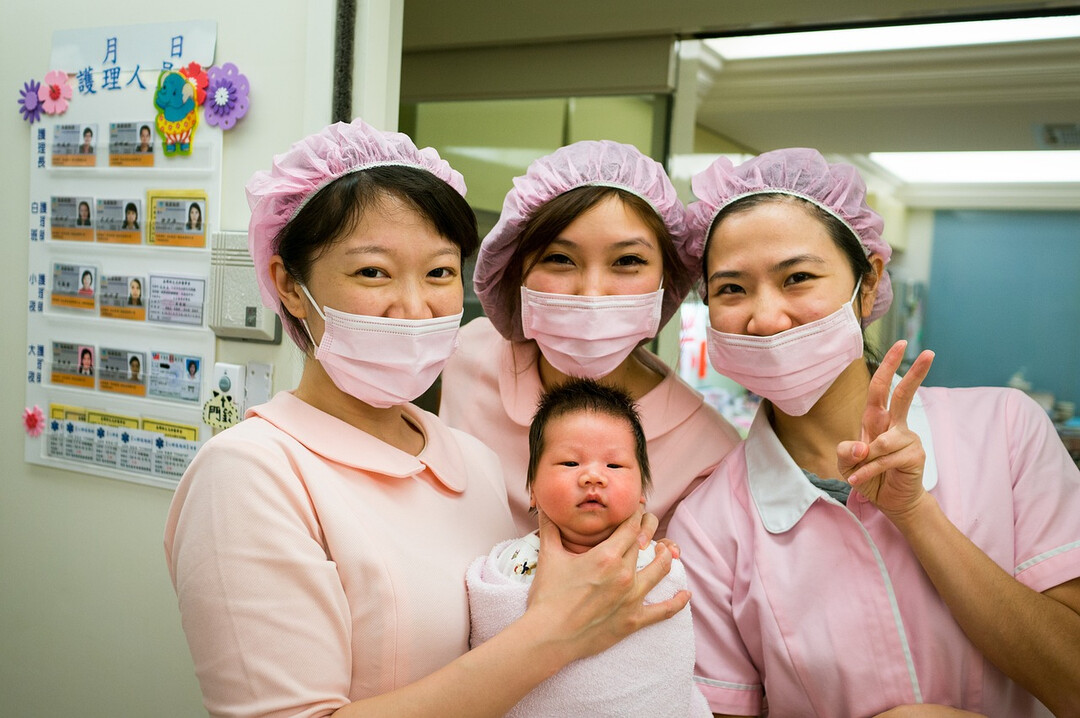
South Korea is teetering on the brink of demographic collapse. With a projected total fertility rate of a mere 0.68 in 2024, the nation finds itself at the precipice of a population crisis that threatens its very existence. Despite recent, marginal improvements in fertility rates, the underlying causes of this decline remain deeply entrenched and demand urgent attention.
The root of South Korea's low birthrate can be traced to a confluence of factors, including economic pressures, a demanding work-life balance, and a rapidly changing social landscape. The exorbitant costs associated with housing, education, and childcare have created a formidable barrier to family formation, while the long-standing societal expectation of academic and professional success has delayed marriage and childbearing.
The consequences of this demographic downturn are far-reaching and potentially catastrophic. A rapidly aging population, coupled with a shrinking workforce, will strain social welfare systems, impede economic growth, and undermine national security. The decline in the number of young people is already evident in the proliferation of schools with fewer than ten students, a stark indicator of a future with a dwindling labor force.
To address this crisis, South Korea must undertake a comprehensive overhaul of its social, economic, and cultural policies. A key component of this reform is a substantial investment in education. By providing free, high-quality education from early childhood through high school, the government can alleviate the financial burden on families and foster a more equitable society. Moreover, a radical overhaul of the education system is necessary to reduce the reliance on private tutoring and promote a more holistic approach to learning.
In tandem with education reform, South Korea must implement bold housing policies to make homeownership more attainable for young couples. By increasing the supply of affordable housing and providing generous subsidies, the government can create a more stable environment for families to grow. Additionally, workplace reforms are essential to promote work-life balance and support parents. Flexible work arrangements, expanded parental leave, and on-site childcare facilities can help to alleviate the pressures faced by working parents.
Ultimately, addressing South Korea's demographic crisis requires a multi-faceted approach that involves the government, businesses, and civil society. The recent establishment of a Deputy Prime Minister-level position focused on population strategy is a welcome step, but it is imperative that this new office is granted the authority and resources necessary to implement meaningful reforms.
South Korea stands at a crossroads. The choices made today will shape the nation's future for generations to come. By taking bold and decisive action, South Korea can reverse the tide of population decline and build a more sustainable and prosperous society.
[Copyright (c) Global Economic Times. All Rights Reserved.]



























